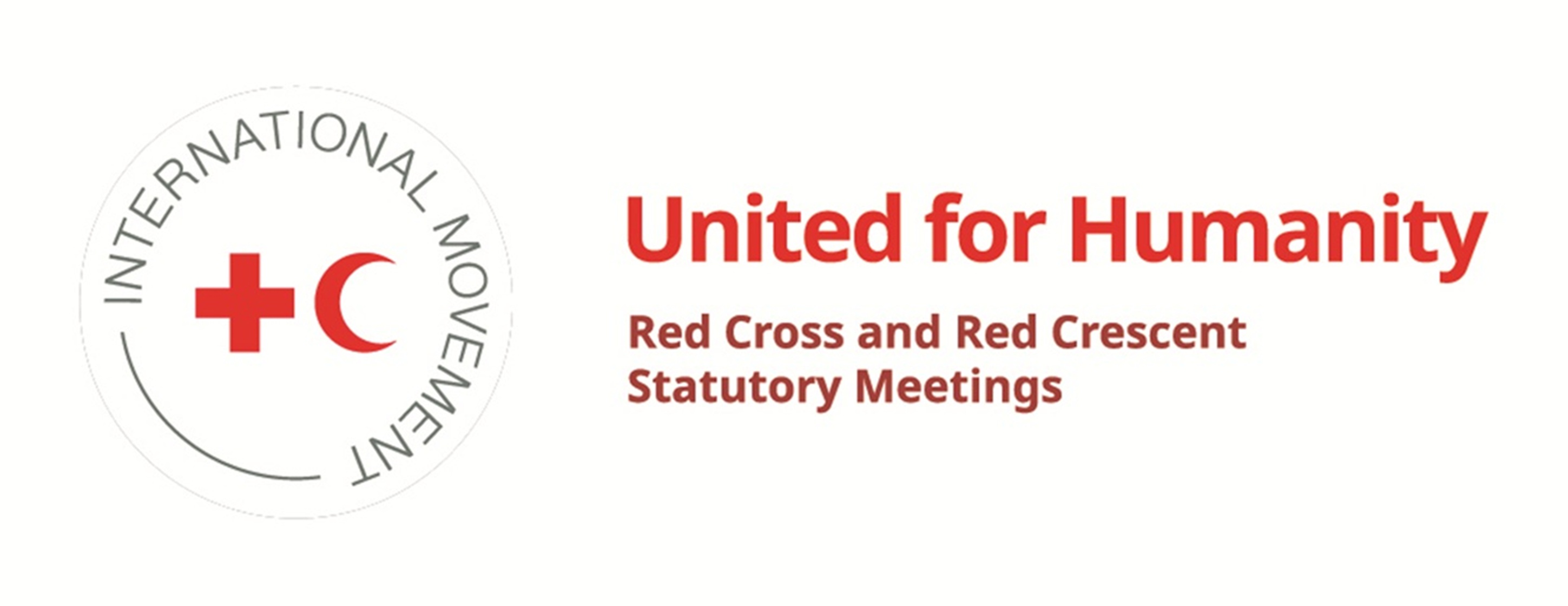Has your State/National Society/Institution incorporated the commitments contained in this resolution into the relevant strategic or operational plans?
YesThe commitments are incorporated into:
Strategy
Policy
Operational plan
At the International, Regional, National, Local level
Explanation:
NS adopts the RFL strategy 2020 – 2025. Which has been developed through a 3-years consultation process with all the components of the Movement (NS, ICRC, IFRC).
Apart from this, BDRCS Strategic Plan 2021-2025 considered RFL under Goal 1 as a priority service. After that a detailed plan was included in the yearly operational plan.
We have a government permission to visit all the prisons and to take the pre-departure session in the Technical Training Centers under the Bureau of Manpower, Employment and Training authority for providing the RFL services.
Has your State/National Society/Institution been working with other partners to implement the commitments contained in this resolution?
YesPartner with:
Government and/or public authorities
ICRC/IFRC
Humanitarian and development partners (e.g. UN, NGOs etc.)
Examples of cooperation:
•We have a MoU with the IMO for smoothly provide the RFL services specially the migrant people.
•We have a government permission to visit all prisons for provided the RFL services to the foreign detainee.
•We have a government permission to take the pre-departure session in the Technical Training Centers under the Bureau of Manpower, Employment and Training authority.
•We have also good understanding with the District Information Authority for dissemination the RFL documentary film show for avoid the irregular migration.
•We have good cooperation with the district relief and fire service office for provide the RFL services in the natural/man-made disaster.
•Referral communication with UNCHR regarding child protection issues.
Have you encountered any challenges in implementing the commitments contained in this resolution?
YesWith challenges on:
Human resources
Funding constraints
Details about challenges:
-Human resources – There is a lack of knowledgeable RFL staff such as Data protection Manager in the RFL context.
-Funding constraints – Need fund for building awareness at local level. Due to fund constraint specific RFL services are interrupted in the prison.
-Funding constraints creating issues in implementing RFL yearly operational plan.
Have the commitments contained in this resolution had an impact on the work and direction of your State/National Society/Institution?
YesType of Impact:
Cooperation between Government/public authorities and National Society has been strengthened
Programming and operations have become more effective and efficient
Innovative tools/methodologies have been developed and are utilized
Training and capacity of staff and volunteers has increased (for National Societies)
Details about the impact:
Type of Impact:
•Cooperation between Government authorities like Jail & the Bureau of Manpower, Employment and Training (BMET) and National Society has been strengthened.
•Cooperation with IMO and UNHCR make a good partnership for providing the RFL services.
Details about the impact:
•Especially jail authority makes a censorship for any kind of RFL services (RCM, TR and Embassy Notification).
•RFL services adopted the case management tools- FLAnswers and case transferring tools ASPERA FASPEX.
•RFL service always follow the RFL Code of Conduct for handing all RFL cases.
Have the commitments contained in this resolution had an impact on the communities that your State/National Society/Institution serves?
YesDescription of the impact:
Increased the trust level of beneficiaries as well as communities about RCRC Movement and their commitments. Fixt point set up at the FDMN camp in the Cox’s Bazar and beneficiaries are coming willingly to the point for taking the RFL services.
RFL services of BDRCS committed to the following goals:
•Clarify key stakeholders and the process for identification and registration of deceased migrants and communication to their families in Bangladesh.
•Uses the potential ways of collaboration between relevant authorities and the National Society (Tracing service) to assist families in finding missing or deceased family members.
•Identify concrete channels of communications with the concerned families regarding the fate of their deceased family members.




